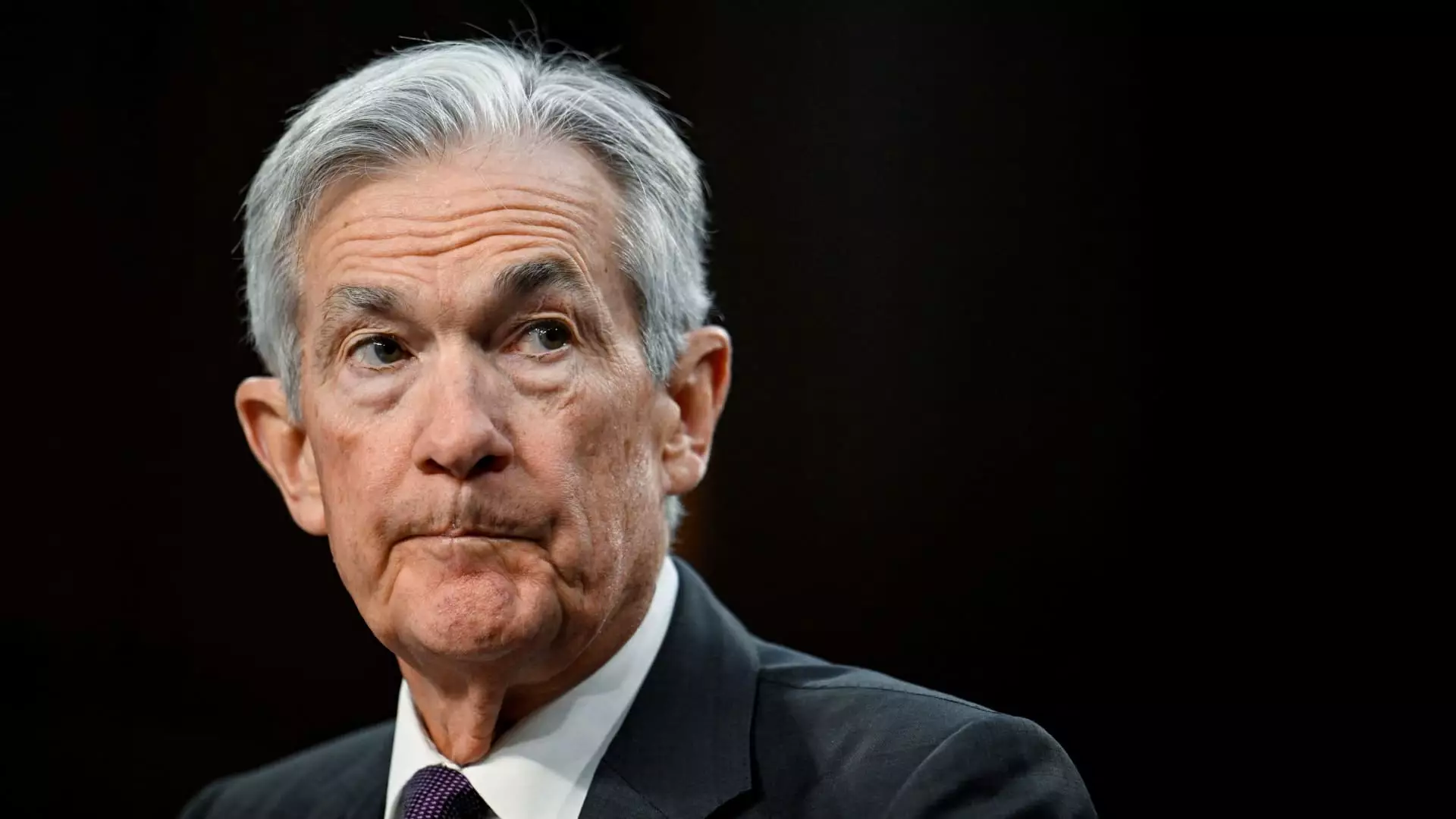In the ever-evolving world of economic policy, the Federal Reserve (Fed) finds itself at a crossroads, grappling with a myriad of uncertainties that threaten to unsettle its decision-making process. Policymakers frequently present a façade of confidence, suggesting that monetary policy is “well-positioned” to adapt to upcoming challenges. However, a more nuanced evaluation suggests that the Fed is, in essence, caught in a state of inertia. It can only maintain a neutral posture while it navigates through a fog of unknowns affecting fiscal, trade, and immigration policies.
The commentary from Atlanta Fed President Raphael Bostic aptly encapsulates this sentiment. He noted the mixed signals emanating from various sectors, particularly with banks expressing optimism regarding tax and regulatory overhauls, contrasting sharply with widespread concern about the uncertainties related to trade and immigration reforms. As Bostic emphasized in his latest blog, the complexity of these dynamics necessitates a cautious approach in policymaking—not one that is inherently actionable.
The deluge of communications from Fed officials, often referred to as “Fedspeak,” has been punctuated by a palpable tone of caution. Central figures like Chair Jerome Powell and regional presidents have increasingly employed language underscoring the word ‘uncertainty.’ The recent minutes from the Federal Open Market Committee (FOMC) meeting explicitly raised concerns regarding the unpredictable impact of various economic policies, highlighting the overarching theme of instability within the market.
What becomes evident is that uncertainty acts as a double-edged sword. On one hand, it shapes the Fed’s approach towards employment—a sector that has shown resilience. On the other hand, it looms over inflation, which, having softened, poses a threat of resurgence, particularly influenced by public perceptions around tariffs and their potential ramifications. Policymakers have set a 2% inflation target that remains frustratingly out of reach, creating a paradox where the central bank’s traditional tools become less effective under such erratic conditions.
As discussions surrounding inflation persist, St. Louis Fed President Alberto Musalem’s remarks shed light on the pressure points within the current economic framework. He suggests an expectation of inflation converging toward the 2% target, albeit contingent upon a “modestly restrictive” monetary policy environment. This conundrum places the Fed in a precarious position, with Musalem acknowledging the potential for inflation to breach the target if economic activity slows under heightened tariffs.
Where does this leave the prevailing federal funds rate, currently situated between 4.25% and 4.5%? It illustrates a carefully calibrated approach to balance inflation control while recognizing the potential for economic stagnation. Bostic’s warning against complacency further emphasizes the volatile chess game that the Fed is playing as it seeks to predict the path of both inflation and employment in a climate riddled with unpredictability.
Broader Economic Threats and Financial Stability
While tariffs and inflation command attention, they are merely the tip of the iceberg. The Fed must also confront deeper-seated threats to financial stability. The meeting minutes spotlighted concerns surrounding leverage and the high levels of long-duration debt on banks’ balance sheets. The views of economists like Mark Zandi amplify these concerns, framing the $46.2 trillion U.S. bond market as precarious. Zandi describes a market that feels “incredibly fragile,” warning of a potential bond sell-off, which could act as a catalyst for wider economic turmoil.
Under these circumstances, the prospect of the Fed cutting interest rates diminishes significantly. There is a pervasive skepticism about markets pricing in rate reductions, with many analysts recognizing the substantial uncertainties in trade and fiscal policy overruling these expectations. Caution is the prevailing theme; until the Fed gets a clearer picture of inflation trends, a rate cut remains unlikely.
The Federal Reserve’s navigation through the current economic landscape reflects a complex interplay of risks and uncertainties. Policymakers’ rhetoric of being “well-positioned” stands in stark contrast with the signs of stagnation and unpredictability faced by financial and labor markets. As they prepare for potential economic shocks, the Fed must exercise prudence and restraint, prioritizing sustained progress on inflation and overall economic stability rather than impulsive adjustments. In this intricate web of uncertainty, the Fed’s challenge lies in effectively steering the ship while awaiting clearer skies on the horizon.

